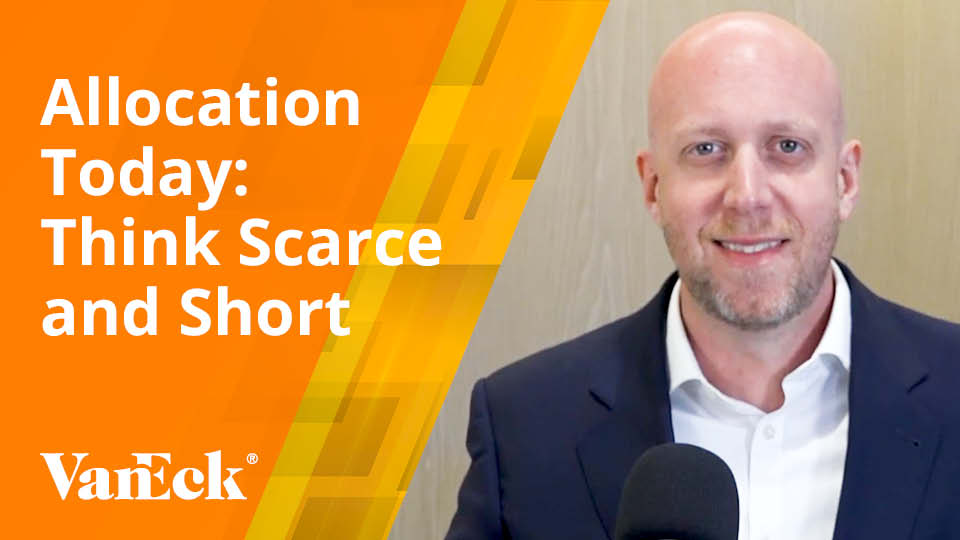ChatGPT, Can You Pay My Inflated Bills?
13 June 2023
Read Time 6 MIN
Artificial Intelligence (AI) euphoria is hitting the markets HARD. The market cap of Nvidia alone has grown from $350 billion to nearly $1 trillion this year and helped propel the Russell 1000 Growth Index up over 20% over the same period. Nvidia is not alone. Apple, Microsoft, Tesla, Alphabet, and Meta are, on average, up nearly 50% this year. And we’re not even midway through June yet!
Recession fears are pressuring economically sensitive real assets and creating, in our view, tremendous opportunities to re-allocate your portfolio. Call us old-fashioned, but we believe purchasing profitable businesses at attractive valuations is the hallmark of successful equity investing. This is our opinion; whether we are in a recession, entering a recession, or avoiding a recession altogether does not change that.
This commentary highlights:
From Mania to Reality: Growth Stock Risks in 2023
The interesting thing about manias is that, for most participants, they make total sense until they don’t. AI will change every aspect of the economy! Digital Assets will save the financial industry! Social media will change the entire human experience! And so on and so on. However, the hype—which often meets expectations in terms of societal impacts—needs to align with reasonable pricing to provide a positive investor experience. The creation of the Internet more than delivered on its potential, but the investor experience varied greatly, depending on the entry point. For example, if you invested in the Nasdaq Index in the year 2000, you had to wait until the end of 2015 to make your money back despite massive technological advancements that completely reshaped the world. Fifteen years is a long time to wait to get your money back!
The chart below demonstrates just how expensive the largest growth stocks are by comparing their average earnings yield to the yield on 2-Year Treasuries. This is a measure of corporate earnings against the cost of capital. Positive (negative) values indicate an earnings yield above (below) what can be earned investing in short-term U.S. treasuries. And negative values indicate a negative earnings yield relative to U.S. Treasuries. The current relationship between large-cap growth earnings yields and Treasury yields, which is deeply negative, is unsustainable, at best. These stocks account for nearly 25% of the S&P 500® Index. Proceed with caution!
Average Earning Yield (MSFT, GOOG, AAPL, AMZN, NVDA)
US Treasury 2 Year Yield 5/12-6/23
Source: Bloomberg as of 6/5/2023. Past performance is no guarantee of future results. Not intended as a recommendation to buy or sell any of the securities mentioned herein, or as any call to action.
Attractive Opportunities Available: Real Assets in 2023
Instead, investors should consider real assets. For example, the chart below compares the average earnings yield of the five largest energy stocks (regarding market capitalization) to the yield on 2-year Treasuries. In contrast to the previous chart, there is a substantial earnings yield premium over short-term U.S. Treasuries.
Average Earning Yield (XOM, CVX, EOG, COP, SLB)
US Treasury 2 Year Yield 5/12-6/23
Source: Bloomberg as of 6/5/2023. Past performance is no guarantee of future results. Not intended as a recommendation to buy or sell any of the securities mentioned herein, or as any call to action.
Consequently, in our view, as an example of just one real asset, energy stocks offer a rational incentive to invest, while growth stocks do not.
Our assessment of the economy and what we believe it could mean for investors remains unchanged: expect a near-term recession. This view is consistent with the consensus. We recently polled a large number of professional investors, and here are the results:
Do you believe that there will be a U.S. recession in 2023?
Source: VanEck, VettaFi as of 5/5/2023. Not intended as a prediction or forecast of future events.
Our views of inflation remain steadfast as well: we believe we are in a disinflationary pocket in an extended inflationary regime. Our poll reflects, we believe, the broad abandonment of “transitory” inflation. And in our view, the market is finally beginning to recognize the risks of a protracted inflationary regime.
When do you think high inflation (above 2%) will dissipate?
Source: VanEck, VettaFi as of 5/5/2023. Not intended as a prediction or forecast of future events.
Yet, despite our and investors’ views on growth and inflation, only 18% of those who were surveyed owned enough real assets to diversify against these risks properly.
How large of an allocation do you have to real assets?
Source: VanEck, VettaFi. As of 5/5/2023. Not intended as a recommendation to buy or sell any of the securities mentioned herein, or as any call to action.
Let us summarize our polls’ results:
- Question: Do you believe that there will be a recession? Answer: Overwhelmingly Yes (~80%)
- Question: Do you believe that high inflation will persist? Answer: Overwhelmingly Yes (~70%)
- Do you own real assets? These assets have historically protected against the combination of a stagnant economy and inflation—“stagflation.” Answer: No (~50% own less than 5%). I’ll buy Nvidia. AI to the moon!
Recessionary concerns have put significant downward pressure on resource assets. It never feels good investing in out-of-favor assets, and fears of a recession have sent investors running from commodities and other real assets. Staying in the herd—by investing in expensive, growth-heavy U.S. stock market indices—comes with, in our view, a false sense of safety. Do not be afraid to step out from the herd when the herd is acting irrationally.
Inflation Allocation ETF Exposures
Source: State Street, VanEck as of 5/31/2023. Not intended as a recommendation to buy or sell any of the securities mentioned herein, or as any call to action.
The fund invests in three types of real assets, which include financial, resource, and income assets. Currently, financial assets, which are composed of gold bullion and gold equities, account for 27% of the fund’s assets. This allocation is expected to hedge against further economic weakness, systemic market shocks, and inflation. The resource assets are currently 42% of the portfolio. These economically sensitive assets, in our view, offer significant upside due to the supply-demand imbalances across commodities and attractive earnings of natural resource equities. And lastly, income assets account for 30% of the portfolio. Income-generating real assets offer attractive portfolio yields and the potential for price appreciation to hedge against inflation and add further diversification benefits to the portfolio.
Thank you for reading our latest commentary. Our goal with each of these commentaries is to provide you with our assessment of market conditions and actionable investment ideas to navigate the current environment.


